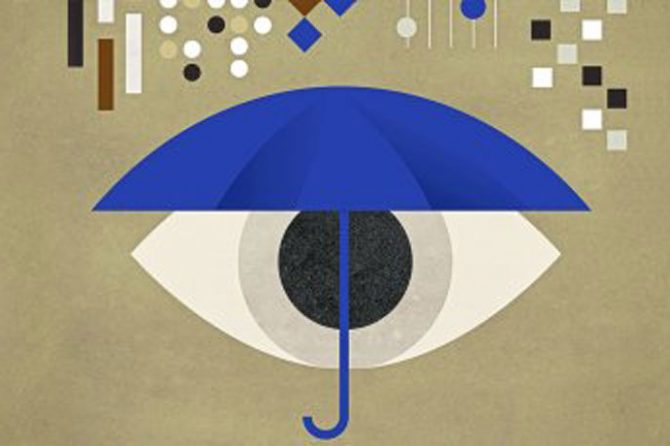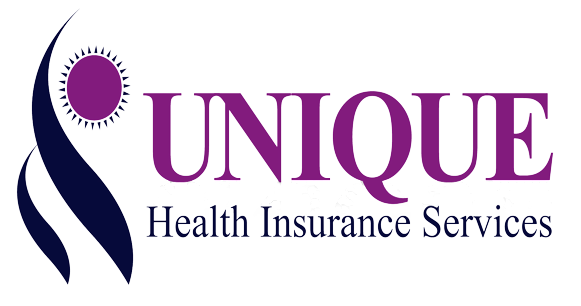
What You Need to Know About Vision Insurance
It could help protect you from serious eye conditions
Pete Hastert has diabetes and good reason to worry about his eyesight. “My grandma went blind from diabetes complications,” he says. Yet Hastert hadn’t had an eye exam in over 30 years. The 71-year-old retiree from Tupelo, Mississippi, didn’t have vision insurance, and with money tight, he avoided going to the eye doctor. Then he heard that EyeCare America offers comprehensive exams by volunteer ophthalmologists at no cost through its Seniors Program. Hastert got an appointment, and his eyes were healthy. “I finally have peace of mind,” he says.
An annual dilated-eye exam is important — it tests your ability to see, screens for age-related eye problems and even helps to detect chronic diseases, like diabetes. Nearly 2 percent of people 40 and older have glaucoma. For adults over 50, age-related macular degeneration (AMD) is the leading cause of severe vision loss.
Good vision insurance, though, isn’t a given. “Expense is one of the key reasons why people do not get their eyes checked,” says Julian Roberts, executive director of the National Association of Vision Care Plans. But options do exist, even for those on the tightest of budgets.
The two types of coverage
Think about vision care as providing two services. One takes care of your day-to-day vision — it’s mostly about glasses and contact lenses. The other treats eye disease and injury.
Medical insurance
Your regular health insurance will cover the cost of diagnosis and treatment for any eye injury or disease that requires a doctor’s help — no different from a broken bone or a heart condition — though with the usual copays and deductibles.
What medical insurance doesn’t cover is the cost of eyeglasses, contacts or other costs related to everyday eyesight support. But there’s a gray area. While a simple refractive exam (to figure out your glasses prescription) is not typically covered, if your ophthalmologist diagnoses you with a medical problem like glaucoma or cataracts, the entire visit may be billed under medical insurance, says Josh Ehr-lich, M.D., an assistant professor of ophthalmology and visual sciences at the University of Michigan in Ann Arbor. (Check with your doctor about individual office policies.)
That creates a bit of a hitch, since eye exams aren’t covered unless you are diagnosed with a disease. But the best way to be diagnosed is to have an exam.
Vision insurance
This pays for services like routine eyesight exams plus a large percentage of your costs for glasses and contacts. Upgrades such as anti-glare coating on glasses and transition lenses aren’t necessarily going to be covered, so read the fine print to see if any part of the cost will be picked up.
Many people get a deal on vision insurance through their employers: You pay a couple of dollars per month as an add-on to your current health benefits and your employer pays the rest, explains Danielle Kunkle Roberts, cofounder of the insurance agency Boomer Benefits.
Even if you’re one of those lucky people whose sight is still sharp, it makes sense to take advantage of an employer-based vision plan, because there’s a good chance you will need vision correction in the near future. “We conducted a study on adults ages 65-plus, and we found that 92 percent used eyeglasses for either distance or near-vision correction,” says Josh Ehrlich, the Michigan professor who coauthored the study, published in 2018 in the medical journal JAMA Ophthalmology. AARP Services chief medical officer Charlotte Yeh, M.D., recommends a yearly comprehensive, dilated-eye exam for every person over age 50.
For more information: Click Here
References:
Migala Jessica, AARP 2020, accessed 22 December 2020, < https://www.aarp.org/health/conditions-treatments/info-2020/vision-insurance.html >
Leave a reply